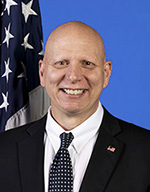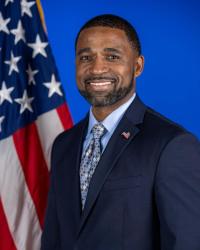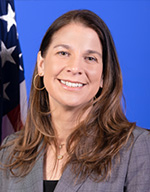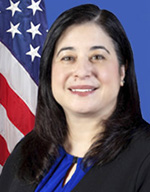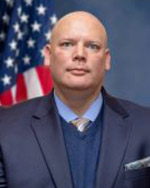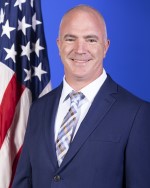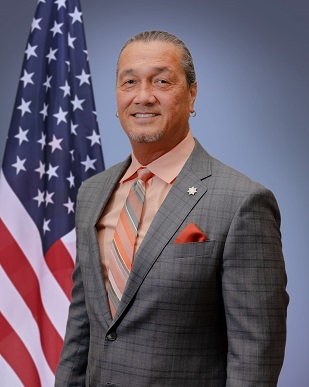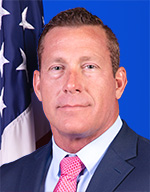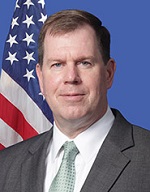Alaska Flight Services Safety Program
Increase your chances for a safe flight.
Contact your FAA Flight Service Station prior to departure and provide position during your flight. The life you save could be your own.
We are supporting reducing aviation accidents in Alaska by reaching out to pilots, students and operators. We encourage and educate customers on the use and safety enhancing benefits of FAA flight services, i.e. weather briefings, inflight services, emergency services, SVFR operations, flight plan handling, Search and Rescue procedures, AFIS, etc. We conduct flight services safety related outreach activities supporting the reduction of aviation accidents in Alaska to meet or exceed FAA Flight Plan performance targets. Join us in actively reducing accidents.Q: Why use Flights Service Stations?
A: The rate of aviation accidents in Alaska is too high.
See the NTSB website for statistics and information.
A: We are a collection and dissemination point for NOTAMs affecting airspace, airports, communications, and navigation. We may have additional information regarding NOTAMs affecting your intended departure point, route and/or destination.
A: We help ensure your safe arrival. When an aircraft is overdue on a flight plan, we initiate search and rescue (SAR) procedures. We also have enhanced SAR methods available through the eSRS program.
A: We are experienced. Our flight service specialists have lived and worked throughout Alaska. We know and understand its challenges.
A: We maintain a continuous weather watch throughout the region, becoming aware of trends that may not be reflected in the forecasts. We interpret satellite images, weather radar, and monitor remotely located weather cameras on a real-time basis. See the Weather Cameras website for locations of cameras.
A: We have the most current Pilot Weather Reports available and encourage you to pass along the conditions you encounter, so that we may share them with other pilots.
A: We provide emergency services. Should you become disoriented or have an inflight emergency, we can provide you with guidance to successfully land.
Additional Links



